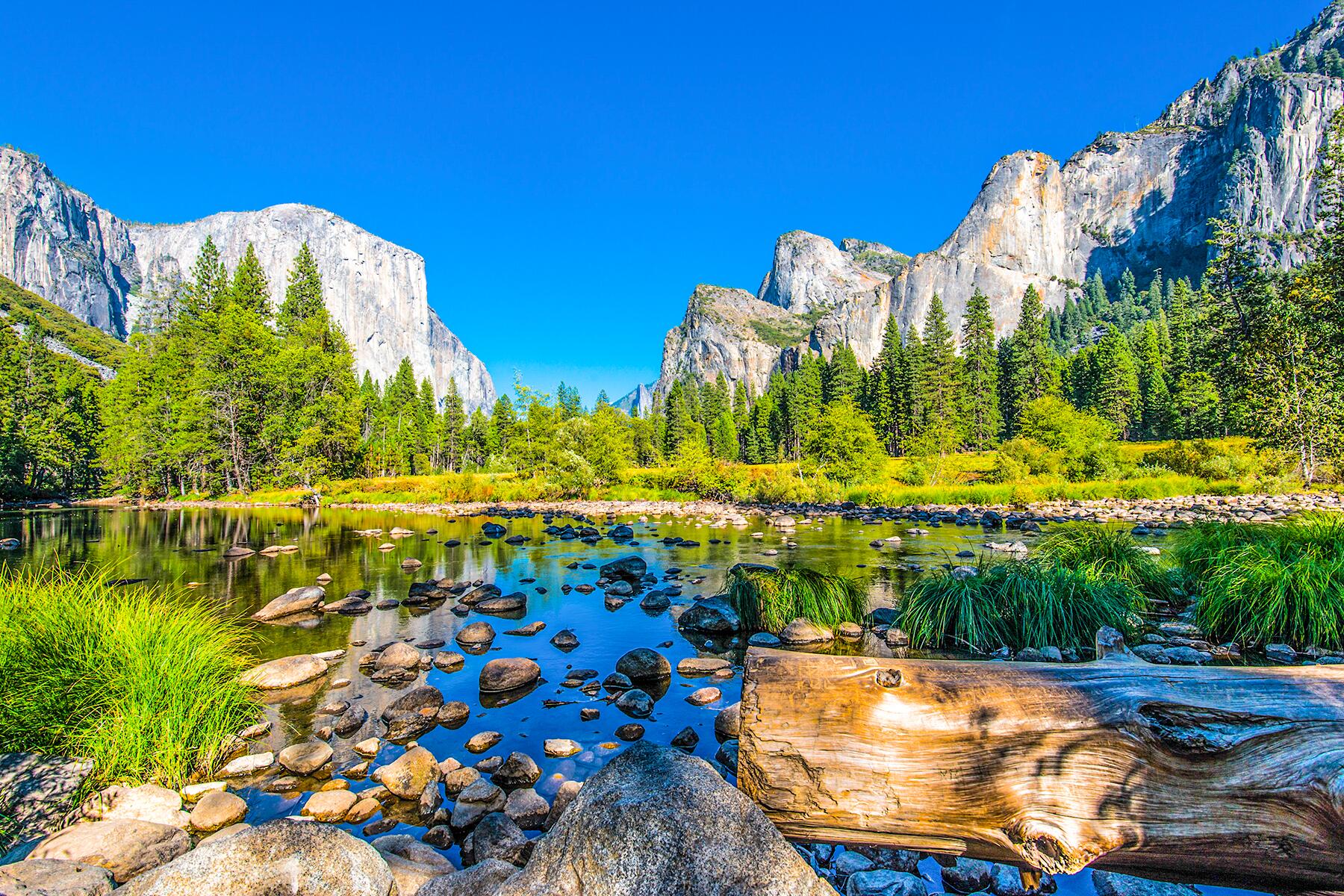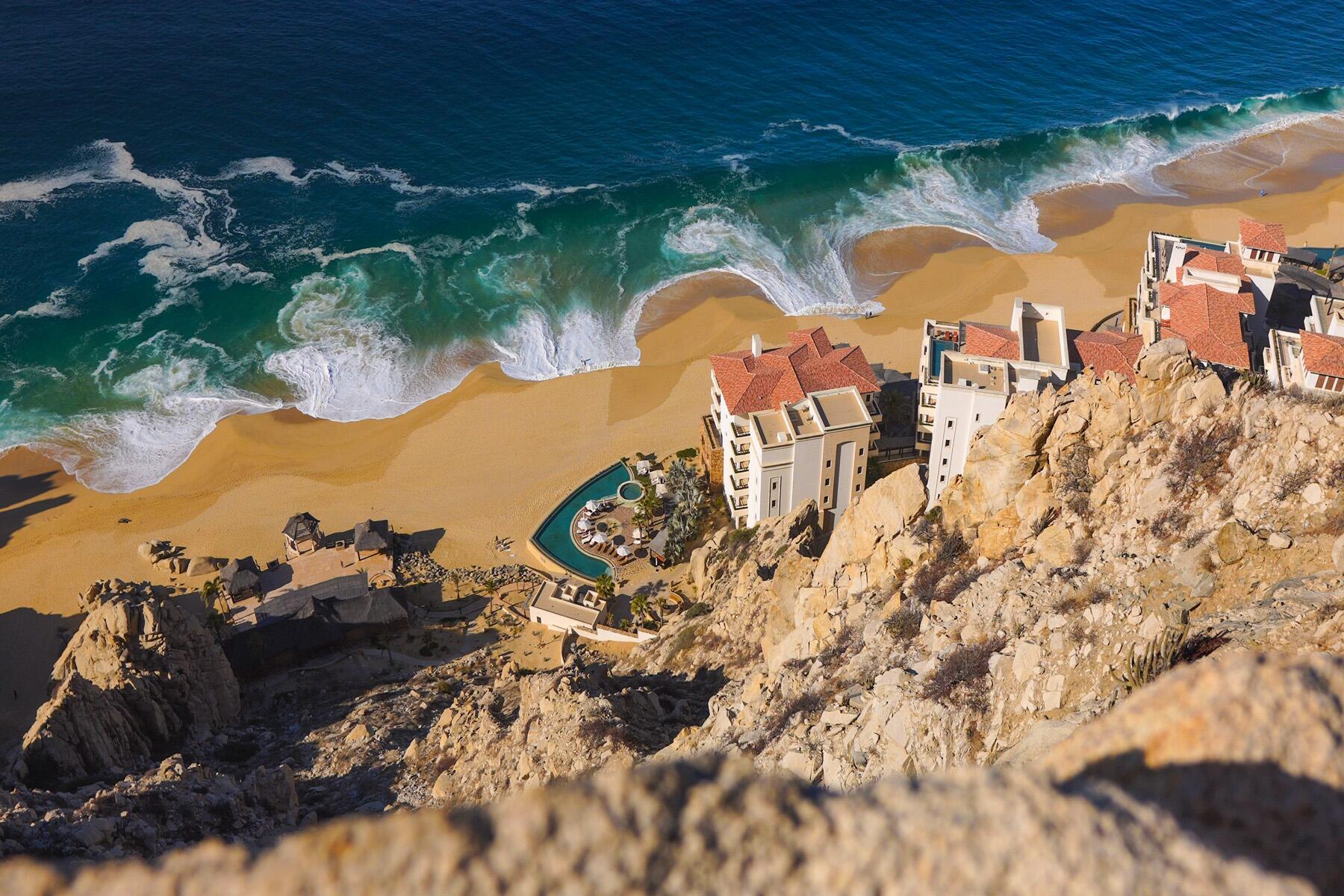Seeing Rome’s wonders doesn’t have to break the bank.
Modern-day Romans live by the motto that it would take more than a lifetime to see all of Rome. The city is rich in architecture, monuments, museums, galleries, parks, and everything else you’d expect from a grand European metropolis. But luckily, some of the best things to do in Rome are completely free. Here are 21 of the best:
Top Picks for You
Pantheon
There has been much talk about imposing an entry fee for the Pantheon, but for now, there’s no cost to visiting one of Rome’s most impressive monuments. Formerly a temple, now a church, it’s the only structure from ancient Rome that remained completely intact, and its famous unsupported dome is an architectural marvel. Circular and with impressive granite Corinthian-style columns, the centerpiece is its central opening in the dome, said to be positioned to the skies and the gods.
St. Peter’s Basilica
Both religious pilgrims and tourists come from around the world to visit the Vatican, and while there is an entry fee for the museums and to see the Sistine Chapel, entry to the biggest church in the world is totally free. Admire Michelangelo, Bernini, and other sculptors and artists, in particular, the Michelangelo’s Carrara marble Pietà, a fine example of Renaissance art.
Recommended Fodor’s Video
Trevi Fountain
The most famous fountain in the world never fails to wow visitors to the city, and the only thing it might cost you is a coin or two if you decide to partake in one of Rome’s most beloved traditions. Visit the Trevi Fountain early in the morning or late at night to avoid the crowds, and throw one coin in for a wish and a second coin to guarantee your return to Rome.
Spanish Steps
Piazza Navona
For the finest example of baroque Roman architecture, head to Piazza Navona. Here you’ll find one of Bernini’s most important masterpieces, the Fountain of the Four Rivers, topped by the obelisk of Domitian. The square is filled daily with street performers and artists. You can also enter the church Sant’Agnese in Agone by Borromini from the piazza.
Villa Borghese
While it may not be the largest park in Rome, it’s certainly the most famous; Villa Borghese is a lush oasis in the northern part of the city center. It has a man-made lake where you can rent canoes, and there are plenty of spaces for a picnic. You could easily spend the entire day here, and there’s a café for light meals and snacks, too.
Villa Pamphilj
The noble Pamphilj family may have died out in the 18th century, but luckily for today’s tourists, they left Rome with a treasure in the form of their onetime home. Their villa sits within the largest park in the city, located in the Monteverde/Gianicolo area, not far from the Trastevere neighborhood. At Villa Pamphili, you’ll see people working out or doing yoga, couples dining at the organic café Vivi Bistrot, or families spending the day together.
Campo de Fiori
It may not be the most authentic, but Campo de Fiori is the oldest and most famous market in Rome. Watch the stand owners boisterously interact as they show off their wares, and admire the monument to the philosopher Giordano Bruno; it’s the big statue in the middle of the square. Around the corner, you’ll find some of Rome’s best pizza bianca (focaccia-style bread) at Forno Roscioli or Forno Campo de Fiori.
Testaccio Market
Low-key Testaccio Market is rapidly developing a reputation as a foodie hub. Everything from fruit stands to fishmonger shops line the aisles here, with locals coming to buy and banter and tourists checking out the cheap and quick food options. Cups serves street food cooked by the city’s only female chef with a Michelin star, Cristina Bowerman, while Mordi e Vai is the place to go for unforgettable sandwiches. For golden-fried supplì (fried rice croquette), check out Marco Morello’s FoodBox.
Trionfale Market
With more than 200 fresh food stalls, Trionfale Market really does have something for even the fussiest of foodies. Located in the Vatican area, Romans have been shopping here since the end of the 19th-century. It moved to Via Andrea Doria in the 1930s and then finally indoors in 2009. The color-coded stands make it easy for shoppers, and there are plenty of vendors who will let you try before you buy.
Keyhole of the Knights of Malta
High up on Aventine Hill, within the Villa del Priorato dei Cavalieri di Malta (belonging to the Knights of Malta), lies a special and unusual attraction. Through the tiny keyhole of a nondescript door, you can view the gorgeous dome of St. Peter’s Basilica. This enchanting view gives you a unique taste of three separate nations: Malta, Italy, and the Vatican.
Orange Garden
Located on elegant Aventine Hill, the Orange Garden (as it’s known by locals) is officially named Savelli’s Park, named for the family who lived there throughout the 13th-century. Orange plants were planted during this time, hence the reason for its colloquial name. Today, it’s an enchanting garden space perfect for a stroll or picnic. But most of all, visitors love coming here for the spectacular panoramic views of the city.
Tiber Island
The only island in Rome, Tiber Island sits in the middle of the Tiber River between the Jewish Ghetto and Trastevere. The small boat-shaped island is home to a hospital (here since the 16th-century), a church, a pharmacy, and two restaurants. It’s connected to the mainland by bridges on either side, one of which is pedestrian-only. From here, city views stretch out across the river, and in the summer months, there is an outdoor cinema and seasonal restaurants and bars.
Gianicolo
While not officially one of the famed Seven Hills of Rome, the Janiculum (Gianicolo in Italian) is certainly the one Romans are fondest of. From it, sprawling panoramic views of the city stretch out like a postcard; it’s often the location for a wedding photoshoot, first kiss, or proposal. Walk the paths that feature significant historical statues and busts, and take in the beauty of the Fontana di Acqua Paola; referred to by locals as the fontanone (“the big fountain”), it’s said to be where you go to weep and mourn a broken heart.
Vittoriano Monument
This building has polarized locals since its construction, but it still has some of the best views in the city. Many describe it as an eyesore that doesn’t fit with the rest of the city’s architecture (it’s often called the “Wedding Cake” by tourists because of its large and white shape). A monument to Italy’s first king, Victor Emmanuel II, it also holds the Tomb of the Unknown Soldier and its eternal flame. The top level offers sweeping views of Piazza Venezia and the surrounding area, and there is a panoramic glass elevator to visit the very top terrace (this will cost you a small fee).
San Luigi dei Francesi
Visiting Rome’s churches is a great way to see art that you would otherwise pay an admission fee to see in a museum. At the Church of San Luigi dei Francesi, view one of the finest collections of Caravaggio’s Baroque masterpieces. The set of three canvasses recount the life of Saint Matthew: The Inspiration of Saint Matthew (above the altar), The Calling of Saint Matthew (left wall), and The Martyrdom of Saint Matthew (right wall).
Santa Maria della Vittoria
Located a short walk from Piazza della Repubblica, right by the Fontana dell’Acqua Felice, Santa Maria della Vittoria is known for the marble sculpture Ecstasy of Saint Teresa by Bernini. Completed in 1620, the church is dedicated to the Virgin Mary and a fine example of baroque architecture.
Santa Maria del Popolo
The Renaissance and baroque-style Santa Maria del Popolo boasts an impressive collection of works from Raphael, Caravaggio, and even Bernini. The octagonal Chigi Chapel is a true art treasure designed by Raphael in the 16th century, with his mosaics adorning the dome. Full of intricate and unusual details and decorative symbols, you could easily spend a day gazing up, down, and around in this church.
Rome’s Basilicas
It’s completely free to walk right into Rome’s four major papal basilicas. These churches are the four highest-ranking Roman Catholic church buildings in the world and include Archbasilica of Saint John Lateran (which is the official seat and parish of the Pope), Saint Peter’s Basilica, the Basilica of Saint Paul Outside the Walls, and the Basilica of Santa Maria Maggiore. Each is unique in their architecture and style, and you could easily spend an entire day exploring them all.
Via Margutta
Walk in Audrey Hepburn and Gregory Peck’s footsteps à la Roman Holiday on a stroll down one of the city’s prettiest streets. Via Margutta (at number 51, to be precise) was the location of Peck’s character’s apartment in the film, and where many scenes were shot. This short street with a long history is now filled with antiques stores and galleries.
Street Art
The Rome street art scene continues to evolve and grow. New murals and works regularly pop up all over the city with famous artists like Blu, Alice Pasquini, and even Banksy among the long list of names. Many of the displays are outside of the city center, but you’ll find some impressive ones in Testaccio, Ostiense, Esquilino, Pigneto, and San Giovanni. The Ostiense works by Blu now cover a couple of buildings around Via del Porto while Fluviale (by Blu) and the cool Wall of Fame by JB Rock are on Via dei Magazzini Generali.




